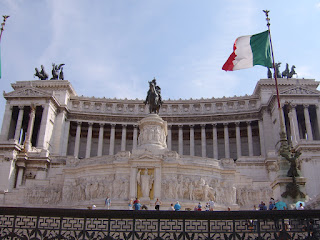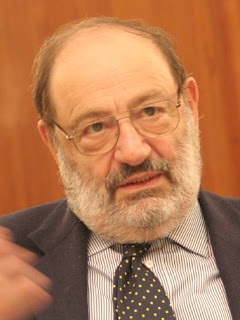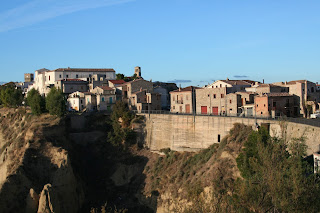Flag represented people’s hopes for a united Italy
 |
| Il tricolore Photo: Jacopo Prisco (CC BY-SA 3.0) |
The Cispadane Republic (Repubblica Cispadana) was founded with the protection of the French Army in 1796 in what is now Emilia Romagna. The republic organised a congress on 7 January in Reggio Emilia and adopted the first ever tricolore as its flag.
But it was many years and many battles later before the flag as we know it now was formally adopted by the Italian republic in 1948.
It is thought the Cispadane republic chose panels of red and white because they were the colours of the flag of Milan and green because it was the colour of the uniform of the Milan civic guard.
Some believe the green panel (on the hoist side of the flag as it is used now) represents Italy’s plains and hills, the white panel, the snow capped alps and the red panel, the blood spilt in Italy’s fight for independence from foreign domination.
A religious interpretation is that green represents hope, white represents faith and red represents charity.
 |
| Football fans delight in waving the tricolore when Italy competes for the World Cup |
gimento, the movement fighting for independence.
In 1861 the flag of the Kingdom of Sardinia was declared to be the flag of the newly formed Kingdom of Italy. This was the Italian tricolore with the emblem of the House of Savoy on it.
The flag remained like this until the birth of the republic in 1946. Then the flag of green, white and red vertical panels was formally adopted.
Italians fly the flag with particular pride when the national football team competes in the World Cup and it was prominent at the 150th celebrations of the unification of Italy in 2011.
Travel tip:
Reggio Emilia, where the first ever tricolore was hoisted, is a city in the Emilia Romagna region surrounded by medieval walls built in a hexagonal design. It has a wealth of 16th century palaces and churches and is famous for producing Parmigiano-Reggiano cheese.
 |
| The Italian flag flies at the momument to Victor Emanuel II in Rome Photo: Nicolai Schafer (CC BY-SA 2.0 DE) |
Rome remained under French control after the first Italian parliament proclaimed Victor Emanuel II King of Italy, despite attempts by nationalists to liberate it. But after the outbreak of the Franco-Prussian war, Napoleon III withdrew some of his troops. Italian soldiers seized their chance and after a brief bombardment entered Rome on 20 September 1870 through a breach in the walls at Porta Pia. Victor Emanuel took up residence in the Quirinale Palace, the tricolore was hoisted and Italy was declared officially united. A marble plaque commemorating the liberation of Rome was placed near Porta Pia where the Italian troops first got through.
Home










